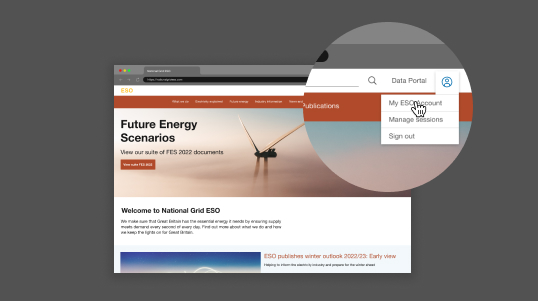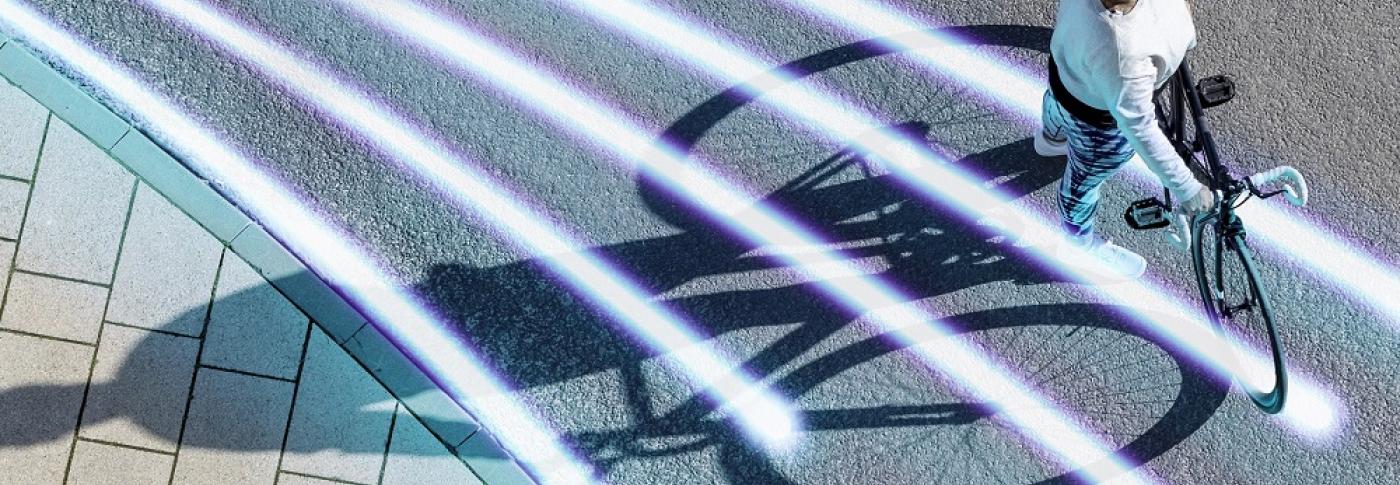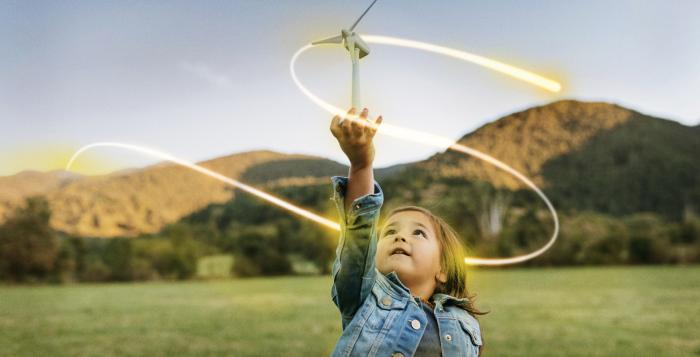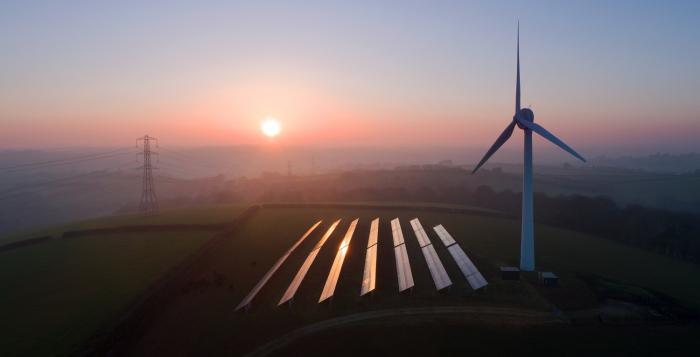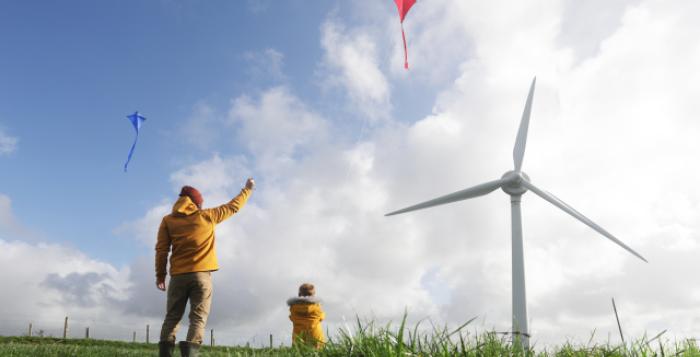The Future Energy Scenarios (FES) Bridging the Gap to net zero project takes a closer look at what needs to be done to set ourselves on the path to net zero. We build on the key messages in each year’s FES publication and consider what actions we can take now to help us meet the 2035 target of operating a fully decarbonised electricity system.
Flexibility in demand and supply is vital to enable the increased levels of renewable generation needed to meet our 2035 target. Working with stakeholders from across the energy sector we have identified key milestones to meet between now and 2035.
Bridging the Gap to a flexible energy system

Bridging the Gap 2024 – Heat Decarbonisation
We held our latest webinar sharing our findings from our Bridging the Gap work. We worked with stakeholders from across industry, NGOs, government, and the regulator, to discuss the enablers and dependencies of accelerating heat decarbonisation.

A Day in the Life of 2035
To be able to identify the actions needed to get to net zero, it’s important to understand what we’re aiming for. By modelling two days in the life of the energy system in 2035, we have illustrated what will be needed in a fully decarbonised electricity system. For a summer’s day and a winter’s day, we have explored how demand can be flexed to meet renewable supplies.

A flexibility timeline to 2035
In 2022 we worked with stakeholders to join the dots between ESO activities, key industry plans and strategies. We have built a flexibility timeline showing the specific actions and milestones needed to get us to a 2035 flexible energy system.
If you have any comments or questions about Bridging the Gap, please get in touch using [email protected]
Bridging the Gap to net zero archive
Below you can find our previous Bridging the Gap materials and documents.
2023
In March 2023, we launched the latest Bridging the Gap report, which looked in more depth at two aspects of flexibility needed for 2035 according to our Future Energy Scenarios. Working with stakeholders from across industry, NGOs, government and the regulator, we discussed how to make flexibility from domestic customers and from hydrogen possible, at scale, by 2035.
View the Bridging the Gap 2023 Report (interactive)
2022
| Bridging the Gap to net zero launch webinar | 16 March 2022 |
You might also be interested in
FES represent a range of different, credible ways to decarbonise our energy system as we strive towards the 2050 target.
As the system operator National Grid ESO are finding new ways to keep the grid balanced, helping to meet net zero emissions targets and minimise costs for consumers.
Our Operability Strategy explains the challenges we face maintaining and developing our electricity system and how we are addressing them.
Our Net Zero Market Reform project was established in early 2021 to examine holistically the changes to current GB electricity market design that will be required to achieve net zero.
